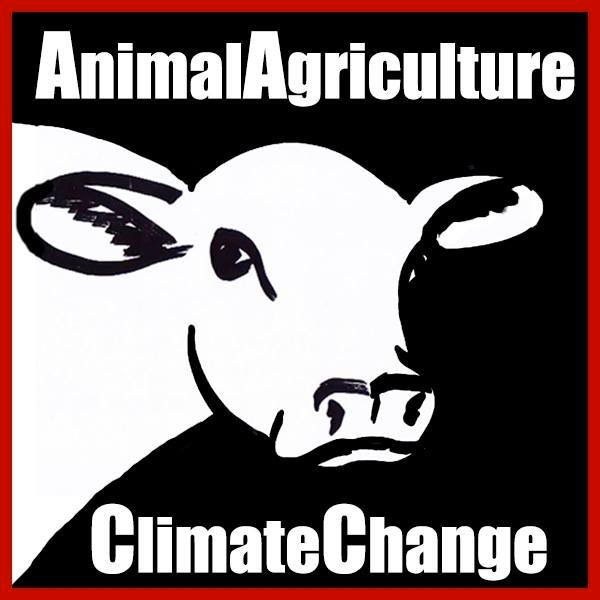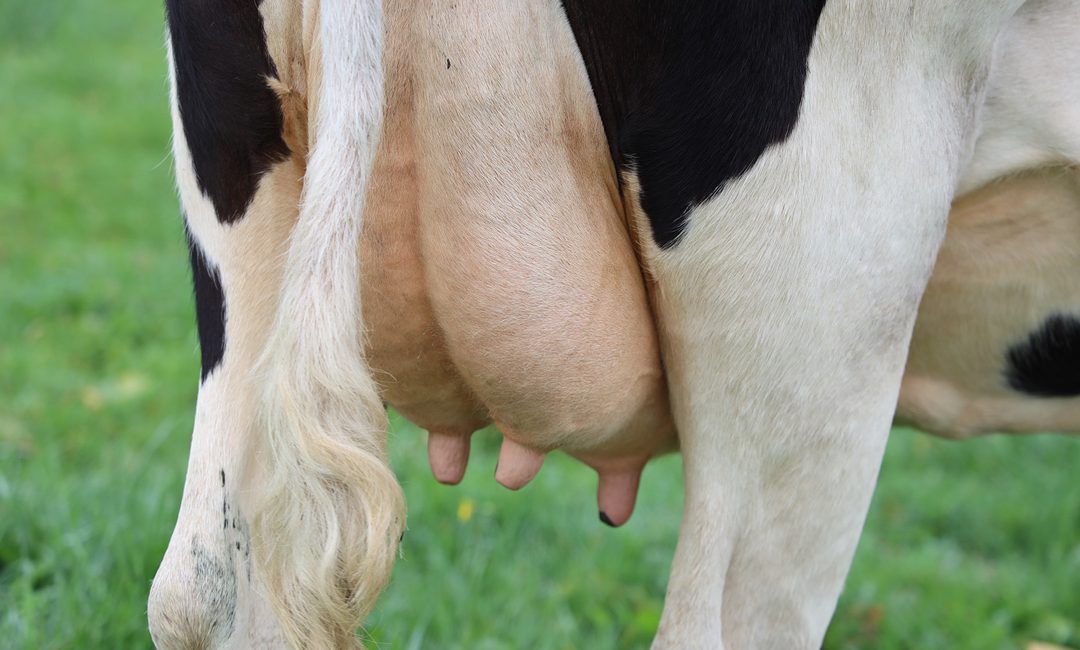Humans don’t need cows milk so why are we still drinking it? Contrary to what they want you to believe, dairy is not kind. Dairy is not innocent. Dairy is exploitative, violent and cruel.
“The milk of human kindness,” was an expression coined by Shakespeare and uttered by Lady Macbeth in an attempt to manipulate her husband, whose nature she worried was too gentle, kind and bereft of ambition to murder King Duncan and assume the Scottish crown. Historically, milk has symbolized nurturance, simple comfort and the sacred mother-baby connection, whether human or otherwise. Whether in Greek mythology, where it was said that the Milky Way was formed by Zeus’ wife Hera when she pushed away the unknown suckling baby her philandering spouse created with Alcmene or Kshir Sagar, the Ocean of Milk in Hindu cosmology, where Vishnu resides with Lakshmi, milk and its symbolism as a pure, essential nectar is an ingrained part of our mental landscape. Those warm feelings about milk have extended to milk in general, including dairy milk. How could something so connected with innocence be controversial?
Like most kids in the U.S., my attitudes about dairy were shaped by the images I’d been exposed to from my earliest picture books, of placid Holstein or Jersey cows on expanses of verdant meadow with a bell around her neck and a red barn in the background. In the picture books, their udders are pleasantly full; the skies are blue above. The narrative continues that occasionally, a milkmaid will pull up a low seat and gently, patiently express their udders into a metal pail. The milk industry knows how important this reassuring notion of the bucolic dairy farm is to people. And this is not just a recent construct to influence today’s out-of-touch consumers: In 1935, a California milk inspector noticed how close dairies were to Los Angeles and initiated the Dairy Roadside Appearance Program, encouraging farmers to plant flowers and paint their buildings in order to influence consumers to think of milk as pure. It’s understandable why milk has had a public relations problem: Before pasteurization was a widespread practice, milk was a very common source of food-borne illness as it is an unparalleled medium for microbial growth, leading to bacteria like Salmonella, Listeria and Campylobacter flourishing as well as the spread of deadly diseases like tuberculosis, diphtheria and scarlet fever. According to a report published in the British Medical Journal in 1943, between 1912 and 1937 some 65,000 people died of tuberculosis contracted from consuming milk in England and Wales alone.
In spite of this troubling history, our attitudes about dairy remain clouded by the deeply ingrained pastoral conceits this country has stitched into its very fabric to the point that we don’t know much about the reality of this more than $442 billion industry. I’m going to ask you to try to challenge the preconceptions you have about dairy by putting aside the idyllic image of a content milk cow in a pleasant meadow you may have – as I did – in your mind’s eye. When I researched more on my path to going vegan, I learned that the dairy industry is not quaint, is not heartwarming and it’s certainly not harmless. Please note that the following is graphic and may be upsetting because when you pull back the curtains on the industry, it’s unavoidable.
It should go without saying but dairy cows, referred to as cattle and heifers by the industry, must, like all mammals, be pregnant in order to produce milk. In other words, their udders do not spontaneously produce milk without pregnancy hormones. Pregnancy is almost always executed through artificial insemination today as it’s far more convenient and controllable. Dairy cows are forcibly impregnated using a restraining apparatus as a farm worker inserts an inseminator syringe with bull semen through cow’s rectum, vagina and cervical rings to reach the cervix for depositing. I will address more about the cow’s impregnation later.
Despite the images we hold of cows idly grazing on grass, grazing is not an efficient use of time or land when you are trying to produce a quick, high milk yield, so cows, natural ruminants with stomachs designed to digest grasses and other tough vegetation, are often fed grains, which can cause the condition of acidosis, leading to liver abscesses and lameness. Selective breeding for high production and fertility has created cows who will be raised indoors on grain-based diets, despite not being anatomically designed for it. “Indoors” is used euphemistically here: more than 90 percent of U.S. dairy cows are confined inside, many living on concrete floors in fetid conditions. These concrete floors, along with the stress of confinement and heat, metabolic and digestive disorders, poorly maintained bedding in stalls, a grain-based diet, too little movement and too much body weight, contribute to the painful condition of lameness found in one out of every three dairy cows. Lameness is so common a condition of the modern cow in dairy production, in fact, that a cottage industry has emerged to fill that need: wooden or plastic blocks are adhered using hot glue to unaffected hooves, relieving pressure from the hooves with ulcers and/or lesions.
In the U.S., the average dairy cow produces more than seven gallons of milk per day, and milk production has experienced a 93{85424e366b324f7465dc80d56c21055464082cc00b76c51558805a981c8fcd63} growth in the past 40 years, expanding from 115 billion pounds in 1975 to 212 billion pounds of dairy in 2016 even as liquid milk consumption is dwindling, thanks in large part to a powerful dairy lobby, taxpayer bailouts and USDA subsidization that amounted to 73{85424e366b324f7465dc80d56c21055464082cc00b76c51558805a981c8fcd63} of market value in 2015. A dairy glut in 2017 meant that there was more than 800 million pounds of American cheese in reserve, the most since 1984, as well as 272 million pounds of butter. There was such a glut, in fact, that nearly 78 million gallons of excess milk were dumped by U.S. farmers onto fields, a common practice.
These cows keep producing more through selective breeding, though, and combined with the common practice of putting antibiotics in feed, discovered in the 1940s to accelerate growth, we have more milk than even the government can give away, try though they might. The ramped up production of milk and rapid succession of birthing cycles – after a nine-month gestation period, cows are forcibly impregnated again approximately three months after giving birth to their previous calf – also can lead to the painful condition of mastitis, a mammary gland infection found in a third of U.S. dairy cows. Mastitis is the most common disease found in dairy cows, and it is caused by physical trauma (perhaps by mechanical milking machines) or infection, resulting in udders that are inflamed and sometimes grotesquely swollen. Other systemic cruelties inflicted upon their sensitive bodies include mutilations without painkillers and without follow-up care, like ear-tagging, de-horning and cutting through sensitive skin, nerves and bones to dock tails.
The cruelest punishment, though, for the misfortune of having been born a dairy cow is the repeated pregnancy, birth and lactation cycles the mother must endure each year, having her calf taken from her, usually within hours and sometimes still wet from birth, as she also experienced as a newborn. The calf is allowed colostrum, which is the first milk and is not designated for human consumption; this is also an economic consideration because colostrum helps the calf develop immunity and not be a loss to the farmer. As the Food and Agriculture Organization of the UN states with regard to weaning, “Without good fences and yards to keep the mother and calf separate, it is difficult to do successfully.” Their drive to be together is powerful.
The dairy after colostrum is designated for human consumption: milk, cheese, yogurt, whey, butter and so on. Cows and calves alike have been observed crying out for each other, desperate to be reunited. Their cries are futile, though. Calves are put on a formula replacement. The male calves of dairy cows will either go into veal production, beef production or, for a small percentage, breeding; some farms consider the male calves to be so worthless that they are crudely killed shortly after birth. Female calves will be put into dairy production like their mothers, and endure the same cycles of pregnancy, birth and lactation until they are considered a liability due to reduced milk yield. Productivity decreases between four to five years of age, though dairy cows can live up to 20 years. It is when they produce less milk that they are directed to the meat industry, where they will be turned into cheap beef, like that used in hamburger.
Yes, it is the same for organic, grass-fed and kosher dairy cows: The end of the road is meat. Because dairy cows are basically milk production units, while circumstances of their lives may vary, they are still very much property and when they are no longer prolific milk producers, they become a financial liability. Of course all dairy cows, despite what the slick marketing campaigns leave out of the picture, are kept in cycles of pregnancy and cruelly obstructed mother-calf bonding.
On their way to the slaughterhouse, like all “livestock” (literally, living commodities), dairy cows will face the poorly regulated transportation system as they are loaded onto often-crowded trucks and driven, sometimes for days, in all temperature extremes. This may be the first time she will breathe fresh air and see sunlight through the small slots of the metal truck. Also like all animals destined for slaughter in the U.S. they can be legally transported for up to 28 hours without being given food or water. At the slaughterhouse — stressed, scared, likely in pain, experiencing the unimaginable smells, sights and sounds of blood and terror — the cows are led up narrow ramps, chutes and conveyor belts by workers using electric cattle prods in single file until they are lead to the “knocking box” where a slaughterhouse worker, known as a knocker, positions a captive bolt gun between the cow’s eyes and shoots a metal rod into her head. At the average slaughterhouse, this will happen once every 12 seconds, or 2,500 times a day. Considered brain dead at this point, chains are attached to the cow’s legs and she is hoisted up by a trolley where her carotid artery and jugular vein will be severed by other slaughterhouse workers and she will be drained of blood before she is disassembled bit by bit for her parts. This is considered humane slaughter.
Dairy is not kind. Dairy is not innocent. Dairy is exploitative, violent and cruel. (And I didn’t even get into the horrific environmental consequences.)
What I did not realise as a vegetarian was I was still complicit with an industry that inflicts needless suffering and pain upon innocent beings every time I said, “I could never give up cheese,” and every time I bought a Blizzard at Dairy Queen. I did not know. Once I learned, though, I couldn’t forget.
While I have strived to write this using as little manipulation or emotional language as possible, the research – which I already knew – has had me in tears again and again. This, though, is nothing compared to what innocent dairy cows and their calves go through.
Original source: https://medium.com

